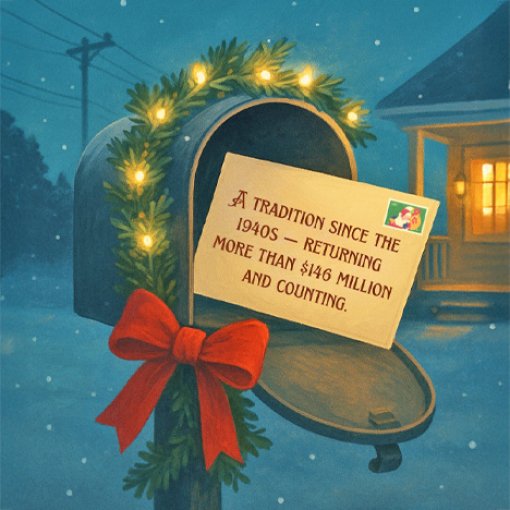
First Electric App
Easily pay
your bill
Download the app
Pay My Bill
Billing Options
Electrical Service
Net Metering
Energy Savings Opportunities
About
News

Giving credit where credit is due — capital credits, that is! Member-owned — that’s what First Electric is! As a member, YOU own a portion of this cooperative, which means you benefit from the excess revenue in the form of capital credits each year.

Energy Savings Opportunities
About
News

Giving credit where credit is due — capital credits, that is! Member-owned — that’s what First Electric is! As a member, YOU own a portion of this cooperative, which means you benefit from the excess revenue in the form of capital credits each year.

A heat pump is an energy-efficient electric heating option, ideal for the southern U.S. It transfers heat instead of generating it, using 1.5 to 4 times less energy.
Heat Pumps come in many different formats, each with its best application.
Package units where all the equipment is outside, split systems with a separate air handler and condenser, mini split units which can be great for whole home or single space heating and cooling, or geothermal for very large buildings.
We recommend that when installing a new unit, consider installing a 14.3 SEER2 and 7.5 HSPF2 or higher heat pump unit.
Or visit your local First Electric Office